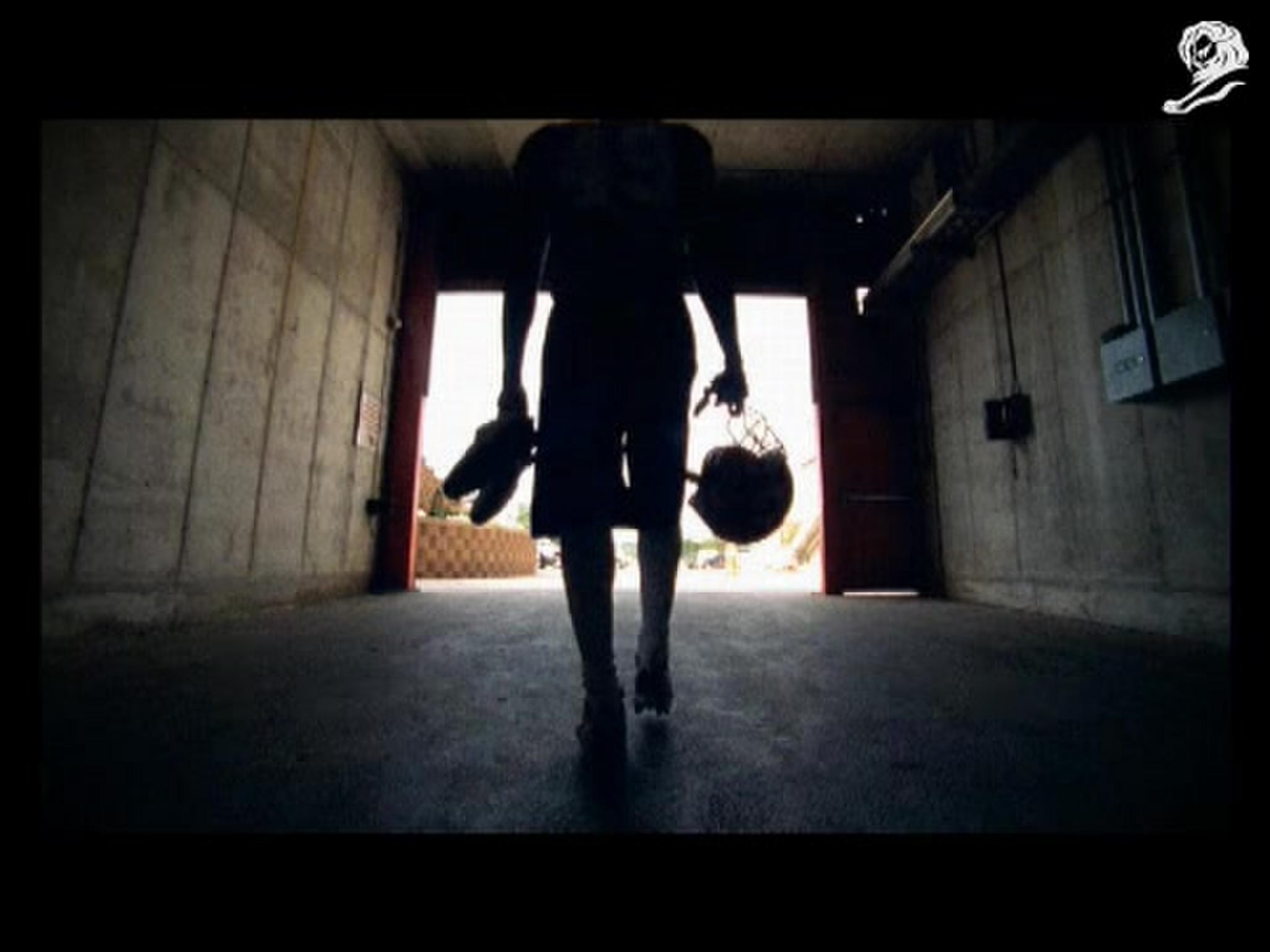Healthcare > Health & Wellness: Consumer Products Promotion
HEARING TRADE
VML, Riyadh / STC (SAUDI TELECOM COMPANY) / 2024
Awards:
Overview
Credits
Overview
Why is this work relevant for Healthcare Product Innovation?
The WHO says 20% of the world's population lives with hearing loss. It can cause several issues in mental health, development, inclusivity, education, and employment. It is also often overlooked. One of the biggest obstacles to proper care is the price of hearing devices, especially in developing countries.
The Hearing Trade initiative educates people about hearing loss, facilitates proactive personal care, and provides a non-prescription solution.
Hearing Trade shows how a company can apply its expertise and know-how to create a solution for a problem unrelated to its services while connecting and empowering a population that lives in challenging conditions.
Please note that the Jurors for Dubai Lynx will be coming from outside the region and may not be aware of the specific cultural nuances of your work.
stc is the biggest telco company in Saudi Arabia, recognized for its innovation and technology, improving lives and inclusivity. The company decided to use that expertise to benefit the lower classes of the country, helping those in need.
With the country overgoing a cultural revolution and setting ambitious goals with the Vision 2030 plan, no one should be left behind. And with a high number of the population living with hearing loss and in poverty, they were at risk.
Saudi Arabia is the biggest smartphone market in the Gulf Region, selling millions of devices annually. Our insight: If all these phones are being bought, millions of other used phones must be discarded, ending up in the back of drawers or landfills.
Each one of them carries spare parts that can be put to good use. We needed to make sure that happened.
Background
According to the WHO, 1 in 5 people worldwide has some degree of hearing loss. That’s 1,5 billion people. Almost a third of them have it at a disabling level.
The impacts of the different levels of hearing loss are broad and severe, affecting mental health, inclusion, social skills, early development, education, and work placement.
Hearing aid devices can help improve the lives of those people. Studies show that those with hearing loss who regularly used hearing aids had a 24% lower mortality risk than those who never wore them.
The problem? Hearing aid devices are too expensive, especially for people in developing countries.
Despite popular perception, Saudi Arabia has a high percentage of people living in poverty, 13.6% of the population. The highest in the region.
stc, the biggest telecom company in Saudi Arabia, is in the business of improving people’s lives through technology. So, they needed to act.
Describe the creative idea
The main obstacle between people with hearing loss and much-needed hearing devices is the cost. However, the core parts of a hearing aid device can be found in virtually every phone model. So, why not make the most of it?
The Hearing Trade devices are hearing boosters built using parts found in used and discarded phones: microphones, speakers, and batteries.
We created an original design that makes the production of hearing devices much cheaper and adaptable to every phone model and every shape of ear. With 3D printing, we also developed a rechargeable case with recycled material and a universal fit.
We made it an open-source project, placing the blueprint for the design and technology on a special website, available to the entire world to make their own devices and further improve the project.
Describe the final product
• How it works: The Hearing Trade devices work as regular hearing amplifiers, and are non-prescription. They are placed in and behind the ear, and are one size fits all. The microphone captures surrounding sounds and the microphone projects it inside at a higher volume that can be adjusted by the user. They are rechargeable and have their own charging case.
• Materials:They are made utilizing parts of used smartphones such as microphones, speakers, and batteries (in the charging case). The case and charging case are 3D printed and can be produced using different materials.
• Production:The production was developed to be fairly simple and done with easily sourced materials.It can be assembled by industries or DIY by anyone with beginners knowledge of electronics, hobbyists and curious people.
• Techniques: Basic electronics knowledge and 3D printing.
• Components: Microphone,speaker,battery, 3D printed case,common electric connectors and motherboard.
• User interaction: Interaction
List the results
After a long period of research and development, the Hearing Trade devices are finally in use across the Kingdom of Saudi Arabia, being tested by selected recipients. The first feedback is already coming back, and they are incredibly positive.
The Hearing Trade devices help people feel included instead of isolated. Reports mention better performance at school and work and higher quality family time. Many are reconnecting with family members and working on social skills.
The website continues live, with free access to the open-source project, inviting people to collaborate and improve the design and technology.
stc’s goal was to help the population with its expertise and access to technology while contributing to KSA’s Vision 2030.
More Entries from VML
24 items




